Aquila is a constellation visible in the northern hemisphere during late summer months and into early autumn.
Aquila's brightest star is Altair, but it also contains notable stars such as Tarazed, Alshain and the Cepheid variable star Eta Aquilae.
Altair is also part of the asterism known as the Summer Triangle, making Aquila a good constellation to help you star hop to this summer star pattern.
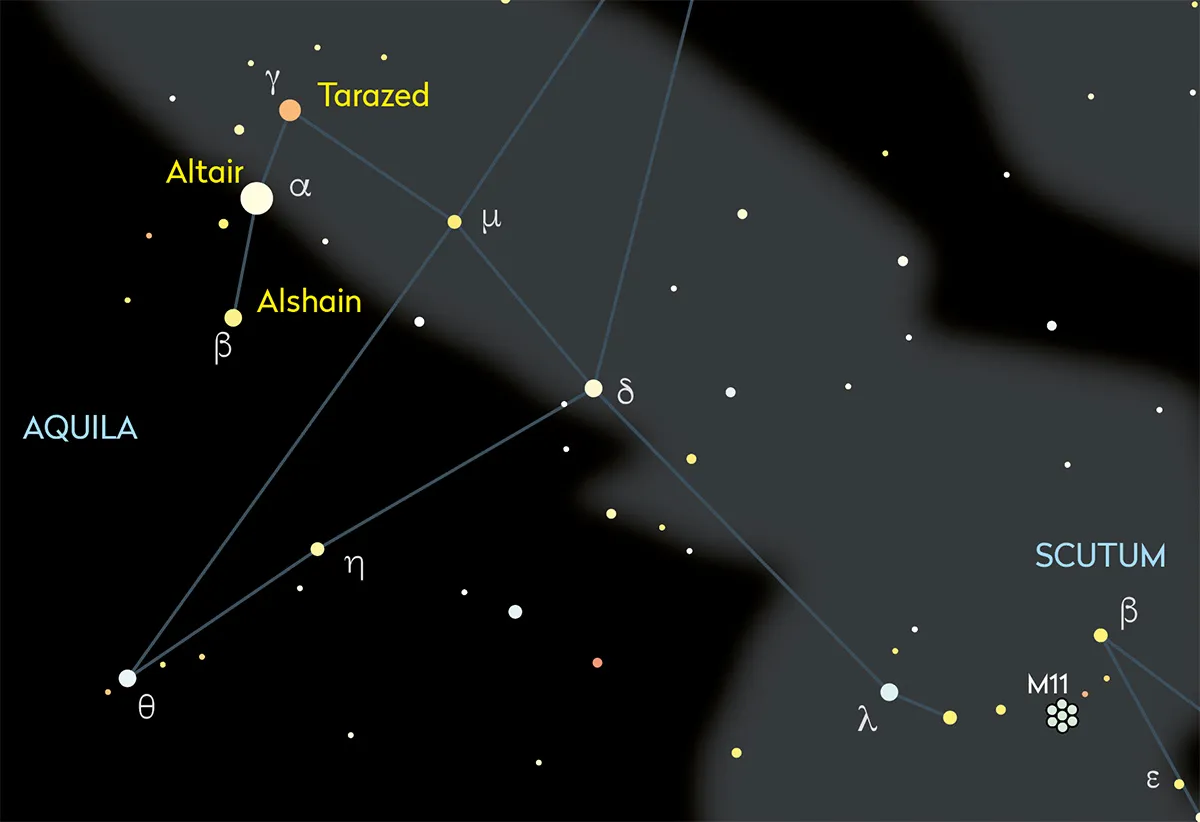
There are numerous deep-sky objects within the constellation Aquila that are well worth seeking out with your telescope.
Below are 6 of our favourite Aquila targets, making for a great telescope tour for late summer and early autumn.
For help finding each object, download our Aquila deep-sky tour chart.
6 deep-sky objects in Aquila
1
NGC 6790
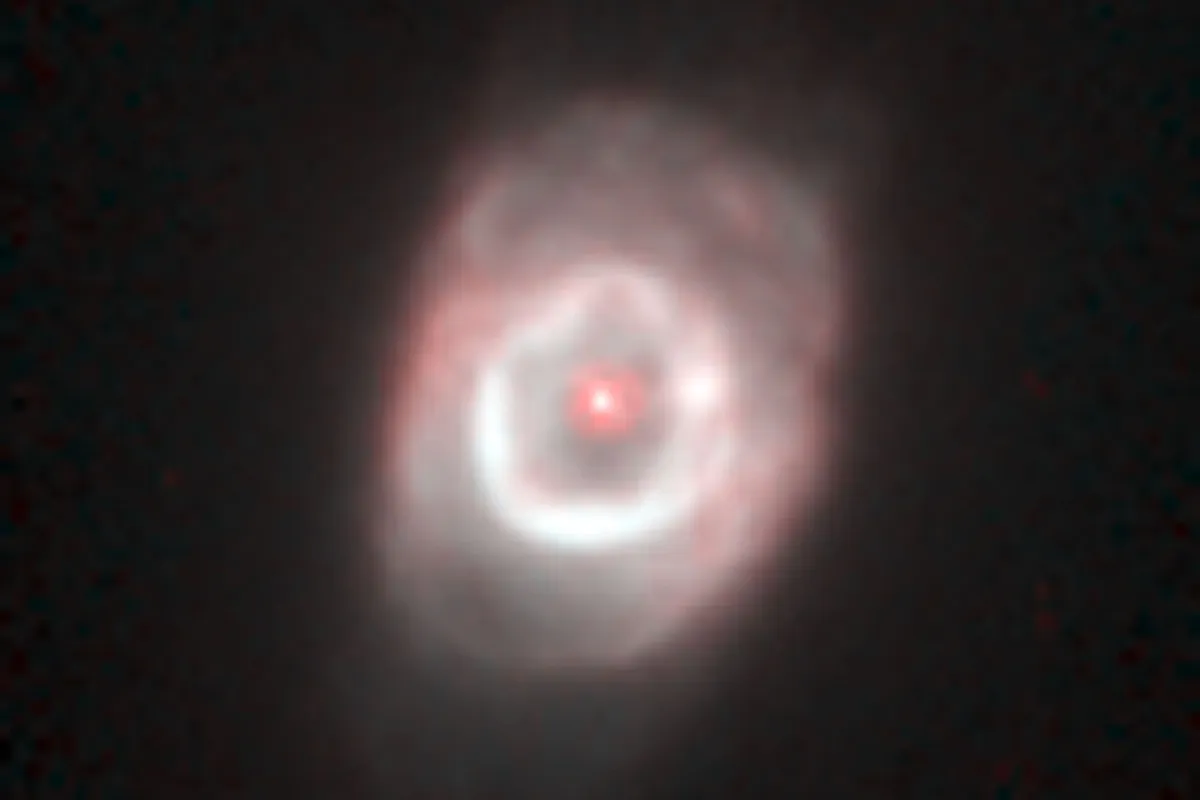
Aquila is marked by mag. +3.3 Delta (δ) Aquilae, which is a good place to start our tour. The planetary nebula NGC 6790 is located 1.6˚ south and 0.6˚ west of mag. +3.3 Delta (δ) Aquilae. It’s tiny, with an apparent size of 4 x 3 arcseconds, which is similar to the apparent size of Uranus. At this size, the 19,000 lightyear-distant planetary won’t show much detail, even through large scopes, but smaller planetaries tend to have a higher surface brightness.
NGC 6790 is listed with an integrated magnitude of +10.5. Although in most amateur scopes it appears as little more than a blue/green fuzzy star, a visual OIII (Oxygen) filter will cause the surrounding field stars to dim while the planetary remains bright, an important planetary-hunting technique.
2
NGC 6760
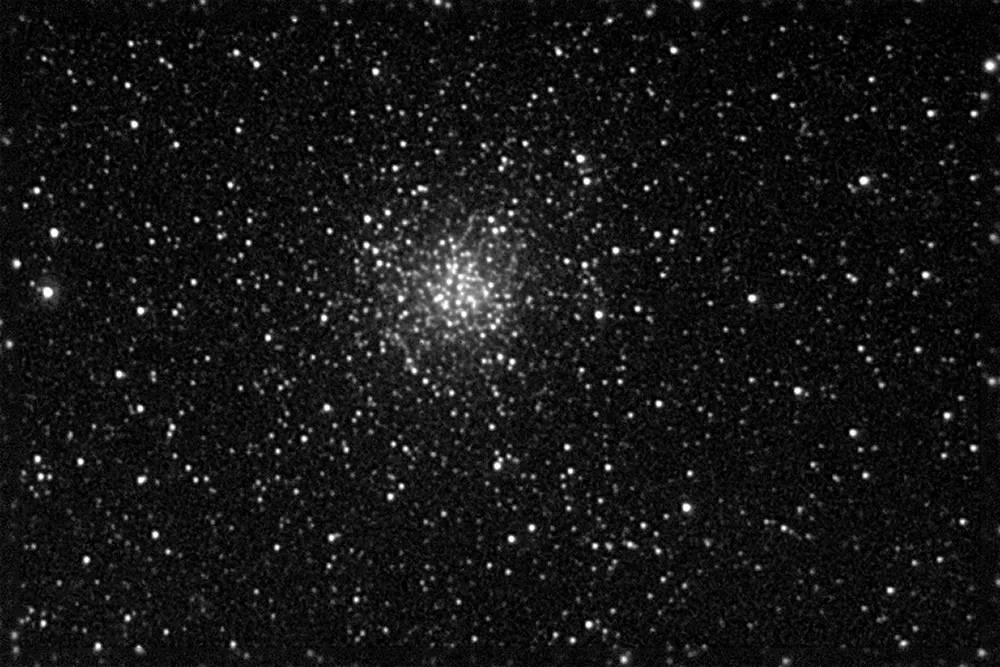
Imagine Delta (δ) Aquilae as the 12 o’clock position on a clock face. Using NGC 6790 as the dim centre of the clock, at the 4 o’clock position lies mag. +5.1 HIP 94885. Our next tour target, globular cluster NGC 6760, lies 1.8˚ west of this star. Unlike NGC 6790, NGC 6760 has a good size to it, visually appearing around 6 arcminutes across through larger instruments. Its integrated magnitude is listed as mag. +9.1, so it’s easy to find with smaller instruments too.
The apparent size of deep-sky objects varies with the aperture of the scope they’re being observed with. A 150mm telescope shows NGC 6760 as a two-arcminute object with a mottled texture at 150x magnification. A 250mm scope shows it larger, nearing four arcminutes across and with a well-defined core.
3
NGC 6755
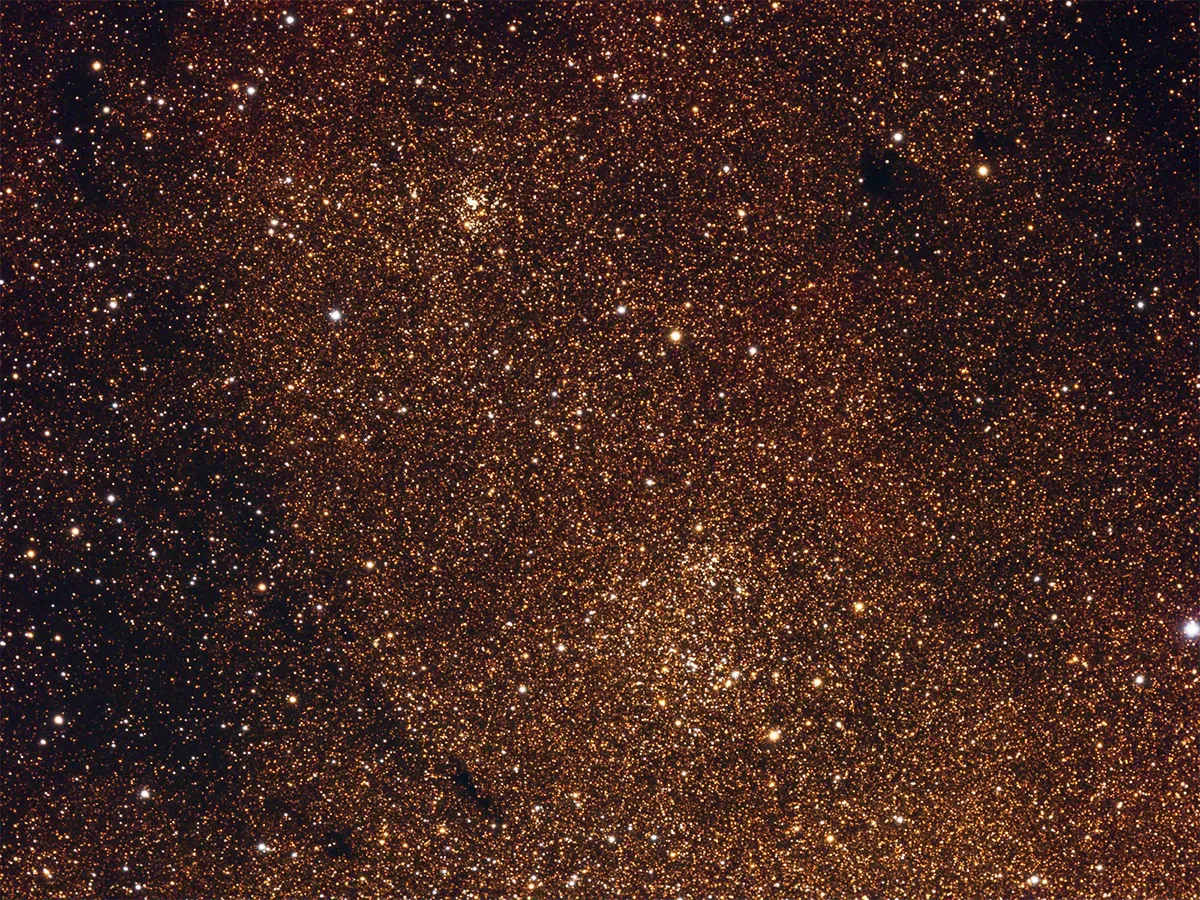
Head 3.2˚ north-northwest of NGC 6760 and you’ll be in the vicinity of our next target, open star cluster NGC 6755. This is unusual because it appears to be divided by a dark region running from the northeast through to the southwest. This splits the cluster stars into two unequally bright regions, the southeastern one appearing brighter than the northwestern one.
NGC 6755 is located within the Milky Way’s boundary, but despite the multitude of background stars here, it still manages to stand out well. Shining with an integrated magnitude of +7.5, the cluster covers an area roughly half the apparent size of the Moon.
4
NGC 6756
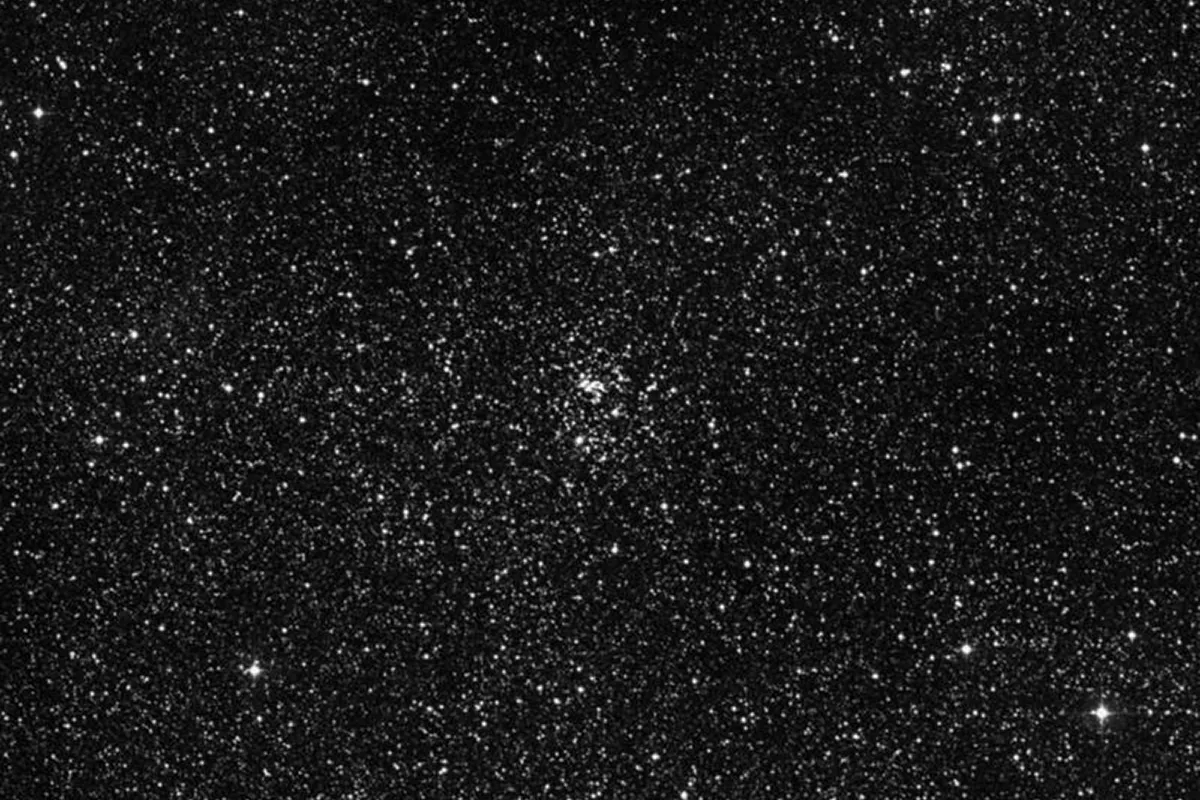
NGC 6756 is another open cluster, located half a degree to the north of NGC 6755. It’s fainter than NGC 6755, listed at 11th magnitude. It also appears smaller, about 4 arcminutes across through larger scopes.
A 150mm scope shows it as a 3-arcminute diameter faintly glowing patch. At 150x power, almost a dozen resolved stars can be seen. It appears as two halves due to the uneven distribution of brighter stars.
5
NGC 6781
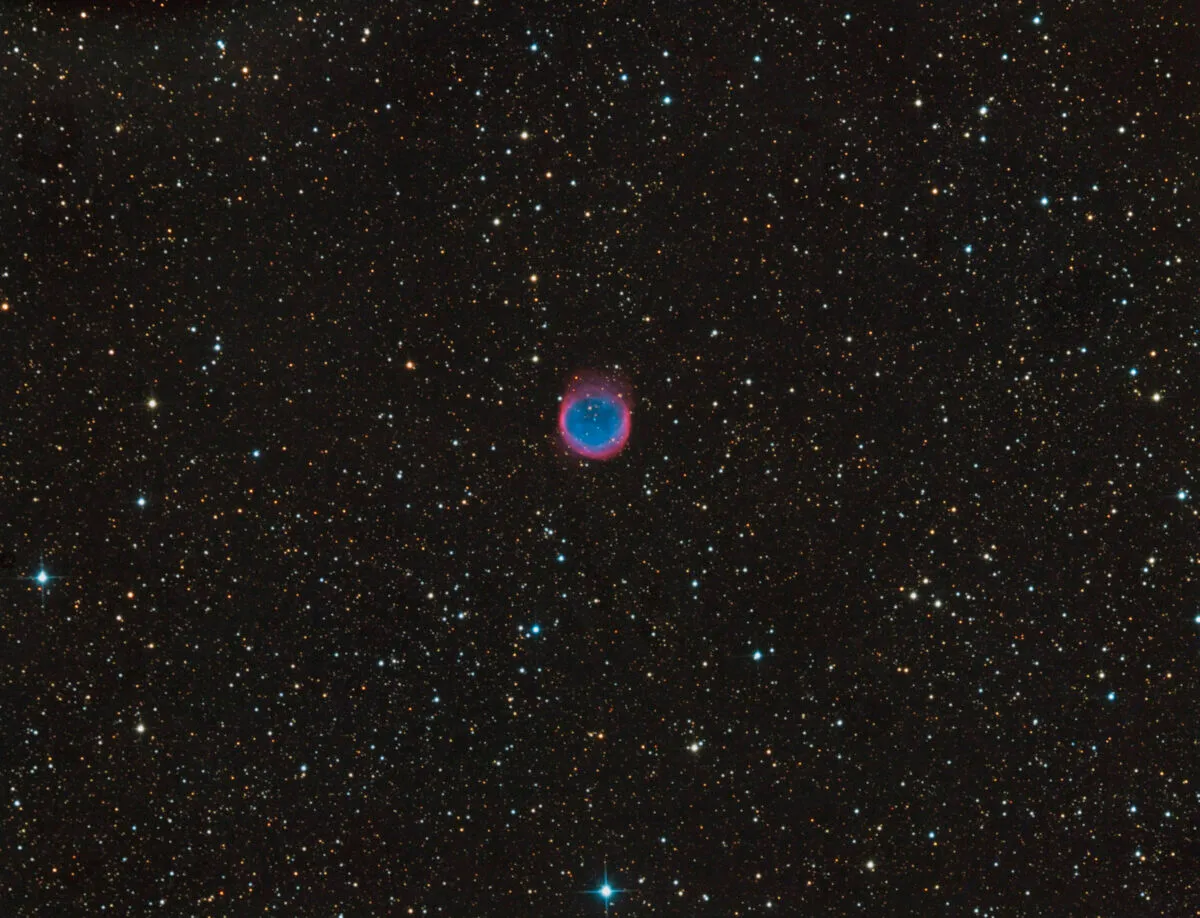
Planetary nebula NGC 6781 lies 3˚ northeast of NGC 6756. Unlike our first target, NGC 6781 has an appreciable apparent size of 1.7 arcminutes, although shining with an integrated magnitude of +11.4, its surface brightness is reduced.
Despite this, a 150mm scope shows its large circular glow easily. Use a magnification over 100x for the best view. A 250mm instrument reveals asymmetry in the disc brightness, the region to the south being brightest. A dark patch which appears off-centre may also be seen, displaced to the north.
6
NGC 6803
NGC 6803 is a challenging target, 4.7˚ to the northeast of NGC 6781, and 4˚ and a fraction south of Tarazed (Gamma (γ) Aquilae). Listed at mag. +11.4, it’s tiny at 5 arcseconds, and a little larger than the apparent size of Mars when furthest from Earth. The nebula’s tiny apparent diameter makes it hard to discern from the surrounding stars.
A mag. +13.2 star sits to the north-northwest of NGC 6803’s tiny disc, which also helps to disguise the object. Here, the OIII blink technique mentioned for Item 1 works well. Select a mid– to high power eyepiece and move the filter between your eye and the ocular. If the OIII filter dims everything too much, try a UHC filter.
This guide originally appeared in the July 2022 issue of BBC Sky at Night Magazine.
